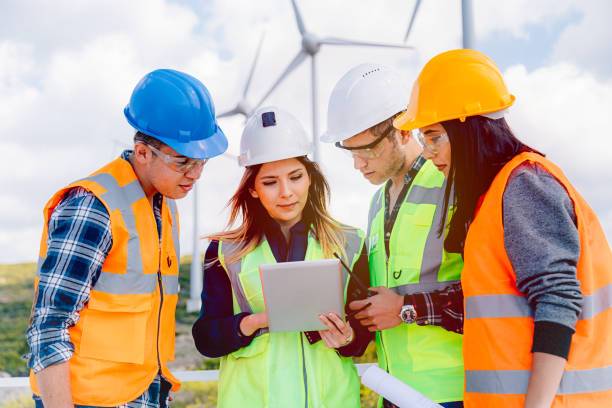by Haoxin Safety
Share
by Haoxin Safety
Share

When you’re working in a high-risk environment, there are many things you must take into consideration as part of your safety plan. From ensuring that all potential hazards are identified and appropriately handled to coming up with secondary precautions for worst-case scenarios, there is a lot to think about when it comes to keeping your workers safe on the job. Safety vests are an excellent way to alert other people to potential hazards. While we think of them as primarily being orange or yellow, there are three different classifications of safety vests available on the market today: Class 1 vest, Class 2 vest and Class 3 vest. What do these different classes mean, and how can they help you keep your employees safe? Let’s take a look…
What is a Class 1 Safety Vest?
A Class 1 safety vest is designed to be high visibility. It is usually an orange or yellow color (other colors are available as well, but these are the most common). The purpose of this highly visible vest is to alert people to potential hazards in the area. For example, workers in an area where there is a high risk of falling objects could be wearing these vests to warn other people to be careful with potential danger. Another use for the high visibility safety vest is to increase visibility for workers in dark areas. These vests use retro-reflective material that bounces light back, making the wearer more visible even in dark areas.
What is a Class 2 Safety Vest?
A Class 2 safety vest is a vest that, while not as visible as a Class 1 vest, is still visible. A Class 2 vest is generally considered to be more for identification than for caution. These vests are typically either a high-visibility orange or high-visibility yellow. The orange or yellow color is designed to help other people identify who you are (e.g. the shift foreman, the crane operator, etc.). While these vests are less visible than a Class 1 vest (which is why they’re considered a Class 2), they are still highly visible enough to be seen by others.
What is a Class 3 Safety Vest?
A Class 3 safety vest is low visibility and is used for identification purposes only. These vests are typically black and are not very visible at all, which is why they are only used for identification purposes. There may be times when you have people in the area who you don’t want to alarm (e.g. homeowners or neighbors). These vests are designed to be low visibility and help to avoid alarming people who are not a part of the work crew.
Which is the best safety vest?
There is no one best safety vest, as they are each designed for a specific purpose. If you want to know which vest is best for you and your situation, the best thing to do is to first consider the type of work your crew is doing. If your crew is in an area where there is potential for falling objects, for example, then a Class 1 high visibility vest is a good choice as it is highly visible and will warn others of potential hazards. If your crew is working in a dark area and you want to increase visibility, then a Class 2 orange or yellow vest is a great choice as it is highly visible yet not as visible as a Class 1. If you don’t want to alarm nearby homeowners, then a Class 3 black vest is a good choice as it is low visibility and not as visible as the other two.
Conclusion
There are three different classifications of safety vests available on the market today: Class 1, Class 2, and Class 3. A Class 1 safety vest is designed to be high visibility, a Class 2 safety vest is designed to be high visibility with identification, and a Class 3 safety vest is designed to be low visibility with identification. While there is no one best safety vest, it is important to first consider your work environment and then select the safety vest that best matches your needs.
